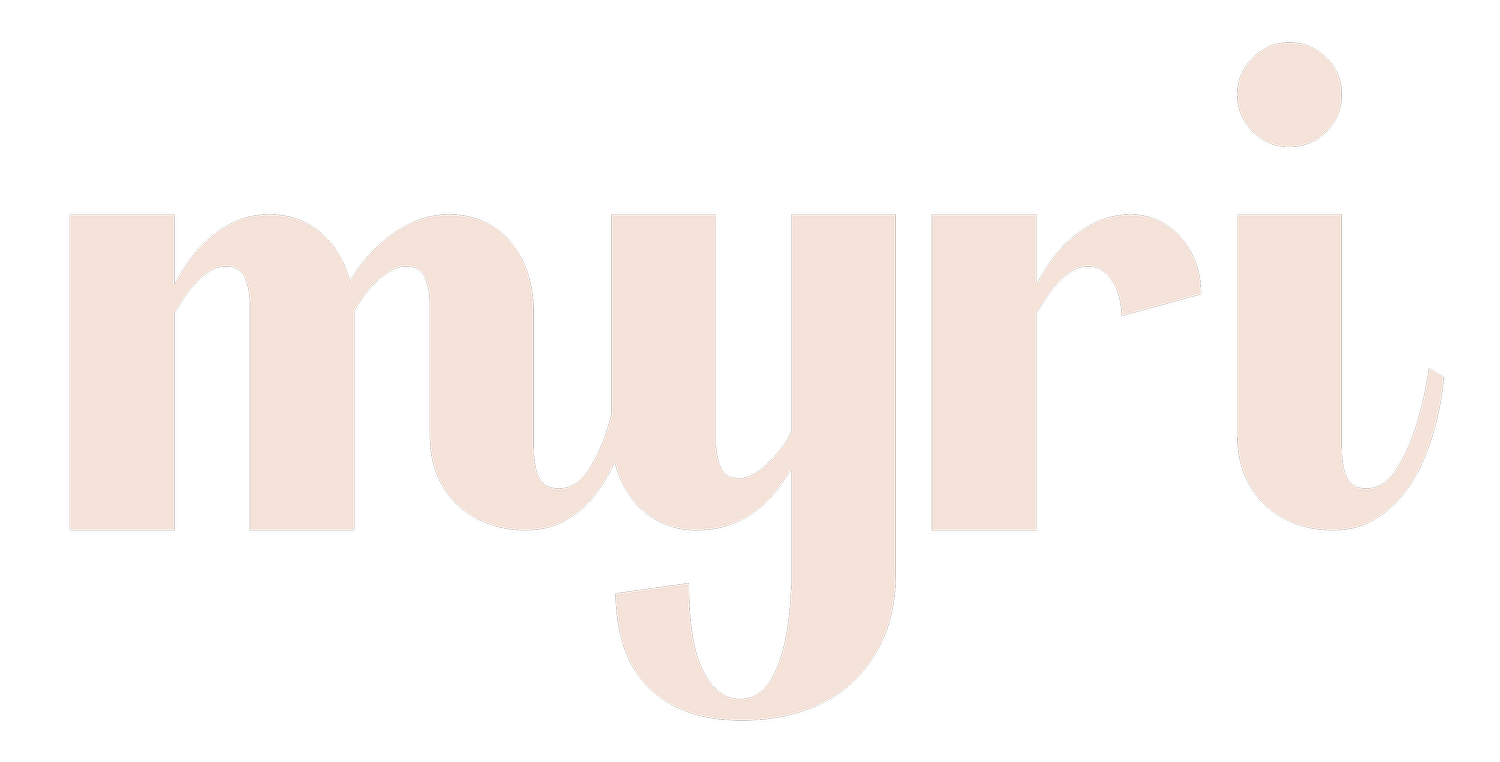Mommy Pooch Prevention
Preventing Diastasis Recti
Now that we know what Diastasis Recti is, it is important to understand that preventing this to some degree is far easier than correcting down the road when you no longer have just you to worry about. More often than not, mom’s will even exacerbate this condition postpartum without being aware, eventually putting them at a new ‘starting point’ of correction.
If you think you will have time to do all the things in the newborn stage, momma’s think again. This is often a season of survival mode, and sadly, we often put ourselves last. Instead, try to read my suggestions below to possibly prevent the degree of separation, so you know, you have time to worry about other things in this hood known as motherhood.
What You Can Do To Help Prevent Distasis Recti?
Watch how you bend over: If you’re like most of us, you likely round forward to pick something up off the ground. Especially if you are a mom already and chasing a toddler or trying to clean up their toys. I know you know what I am talking about! But remember, bending over with a hunchback, is crunching. Train yourself to bend from your hips. In other words, bend your knees and send your hips backward — keeping your spine long — as you reach for the ground.
Avoid “sucking in”: While you may be tempted to do this to make your belly look smaller, it can actually have the opposite effect. Constant “sucking in” shuts off your core unit aka your “can”, and creates a buildup of excess intra-abdominal pressure that can lead to DR and pelvic floor issues.
Do not hold your breath: Breathing the correct way (The SnapBack technique) activates your core appropriately. Holding your breath, on the other hand, shuts off the needed engagement, which leads to a pressure buildup. Avoid breath holding during strenuous movements by focusing on “exhaling on the effort”. To make this easier, basically inhale during the easier portion of the movement (like lowering down into a squat or extending your arms before a bicep curl), and exhale on the more challenging part of the movement (like standing up from a squat, or curling your arms in a bicep curl.)
Activate your “can”: The core “can” is referencing the deep core muscles of the diaphragm, transverse abdominis, and pelvic floor. These critical deep core muscles function as a “pump” to help avoid excess intra-abdominal pressure.
Avoid crunch-like movements (forward and sideways): These movements place excessive pressure on that outer abdominal wall. Avoid traditional abdominal exercises like sit-ups, side-to-side bends, bicycles and oblique curls, to name a few.
Sit up tall: Ladies..I hate to break it to ya, but slouching is crunching! If you can correct your posture and try to sit up tall at your desk (bottom of rib cage in line with top of hip bones), you’re not only relieving a great deal of pressure from your abdominal wall, but you’re also going to be working your core at the same time because your deep core muscles have to work harder to keep your body upright. What a great bang for your buck right? Stand up tall and kill a few birds with one stone!
Avoid twisting movements: General rotation where your hips and shoulders stay aligned is fine, but any twisting movement with disassociation of hips and shoulders should be avoided (like bicycles or twisting yoga poses, as I said above).
Avoid “bearing down” on the toilet: Among all the changes in pregnancy, there are also your little friends, called hormones, that change during pregnancy. For example, progesterone can often cause increased constipation, which may lead you to hold your breath and “bear down” on the toilet. This causes that pressure buildup, though. Help alleviate this by placing an 8-12” stool beneath your feet or you can buy the Squatty Potty. Basically, this puts your body in a more ideal, squat position when you are on the toilet. This position helps open up your colon to allow for easier waste excretion. If you never thought you would be excited for a little potty guidance, get ready, this is a real thing!
Analyze your planks: As your belly grows, it places too much pressure on the outer abdominal wall when in a downward facing plank position. Therefore, as your belly gets bigger, you’ll need to begin to regress planks and any plank-like movement (push-ups, renegade rows). Always watch for that “coning” in your belly as a key sign you need to regress. It is safe to be more conservative! ! If you’re not sure if you should be doing a plank or not, best to avoid it. There are plenty of other ways to engage your core.
Even if you are not pregnant, you can still begin to incorporate some of these techniques to get in a better habit. Remember that it takes many repetitive movements before your body adapts, regularly! There’s no time like the present to start prevention, let’s start today, together
